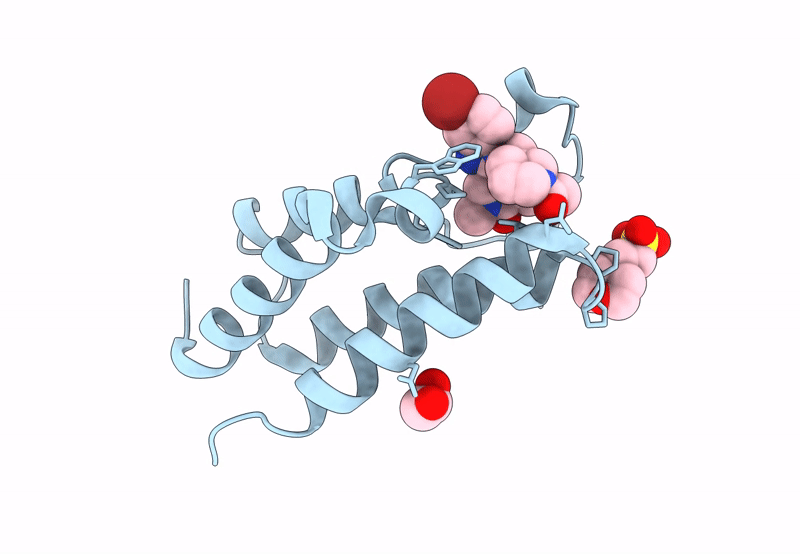
Deposition Date
2023-07-22
Release Date
2023-10-18
Last Version Date
2023-12-27
Entry Detail
PDB ID:
8PX8
Keywords:
Title:
C-TERMINAL BROMODOMAIN OF HUMAN BRD2 WITH (S)-5-(1-((1-acetylpiperidin-3-yl)methyl)-5-bromo-1H-benzo[d]imidazol-2-yl)-1,3-dimethylpyridin-2(1H)-one
Biological Source:
Source Organism:
Homo sapiens (Taxon ID: 9606)
Host Organism:
Method Details:
Experimental Method:
Resolution:
1.60 Å
R-Value Free:
0.17
R-Value Work:
0.14
Space Group:
P 21 21 2


